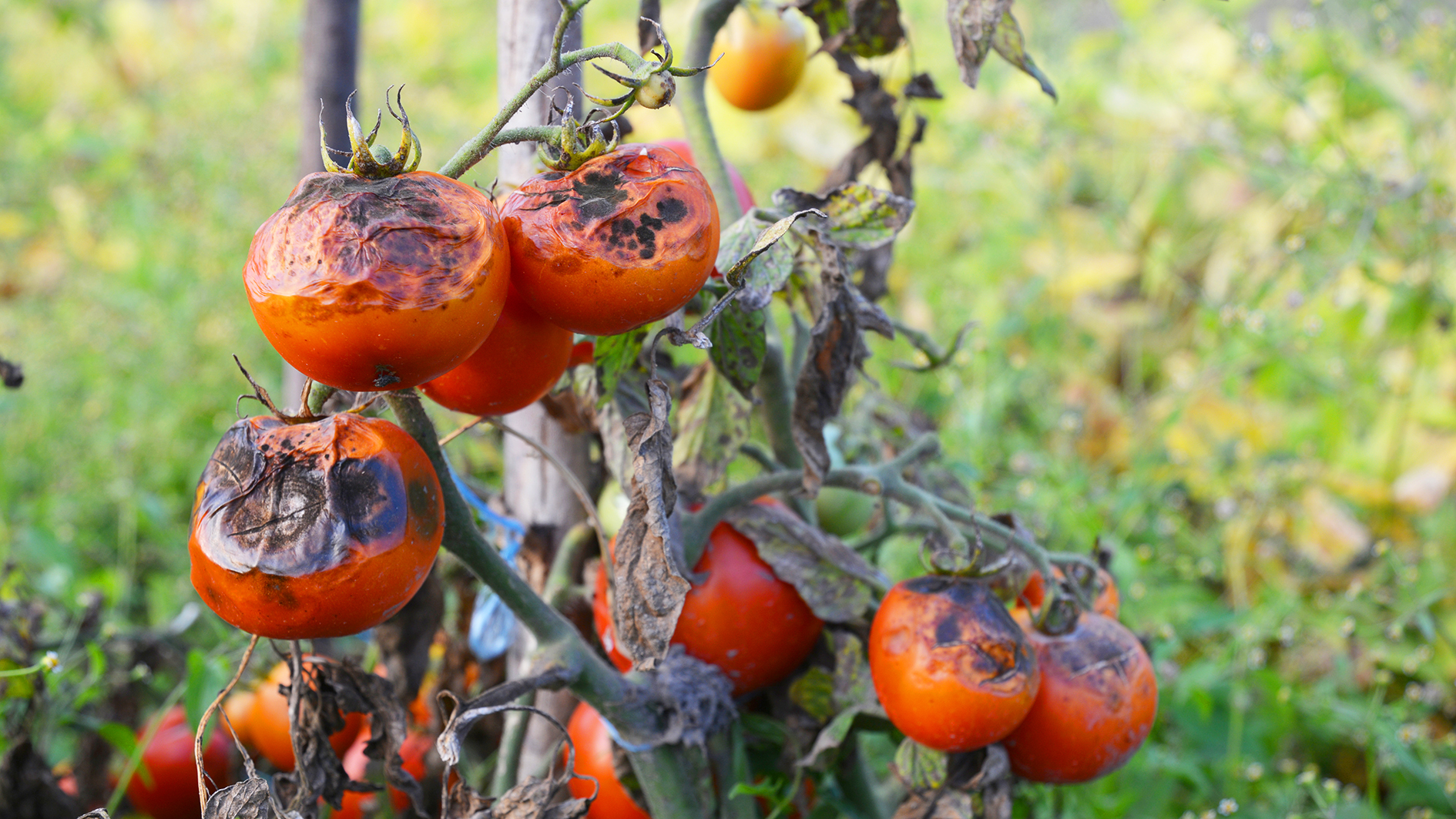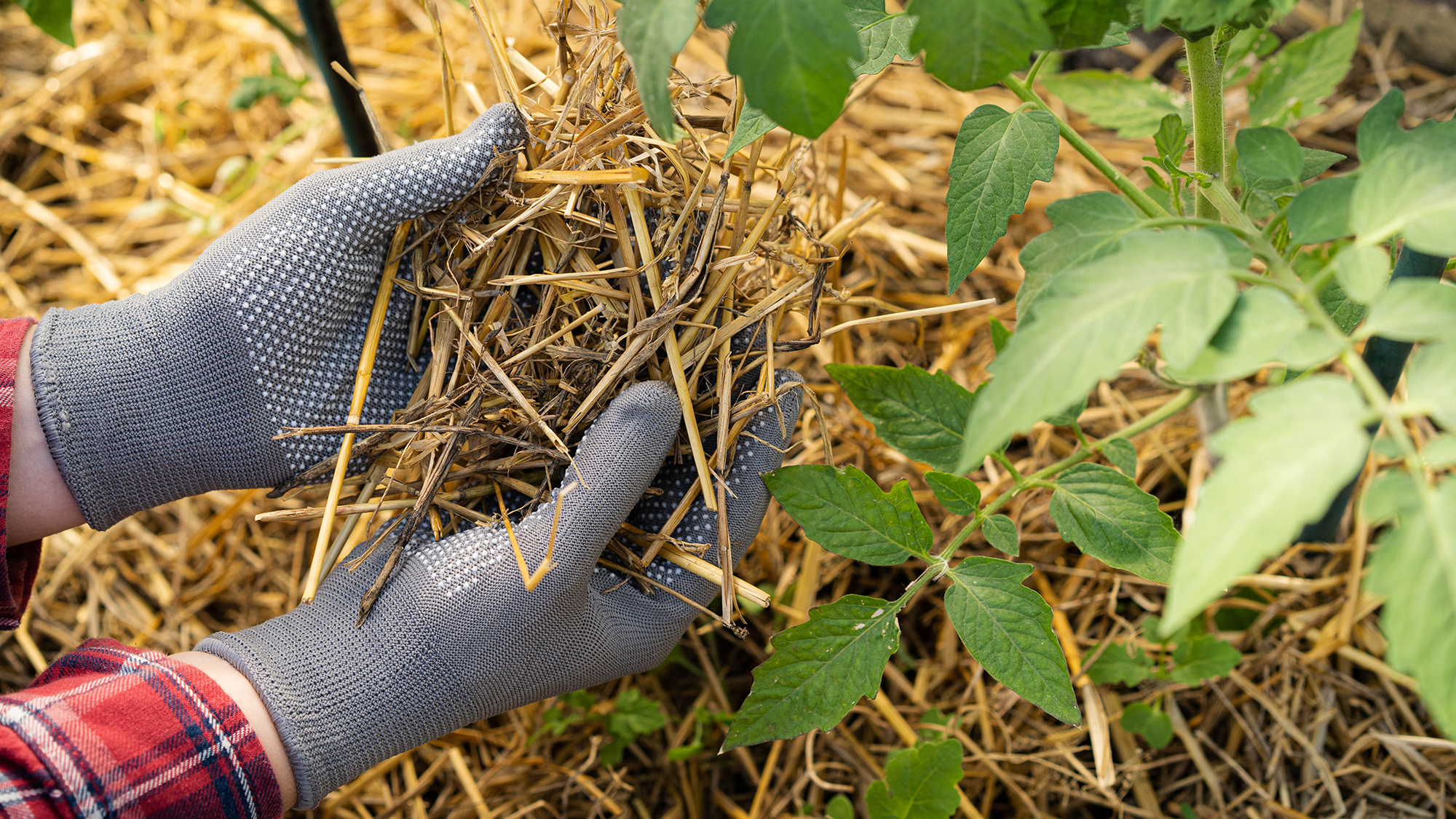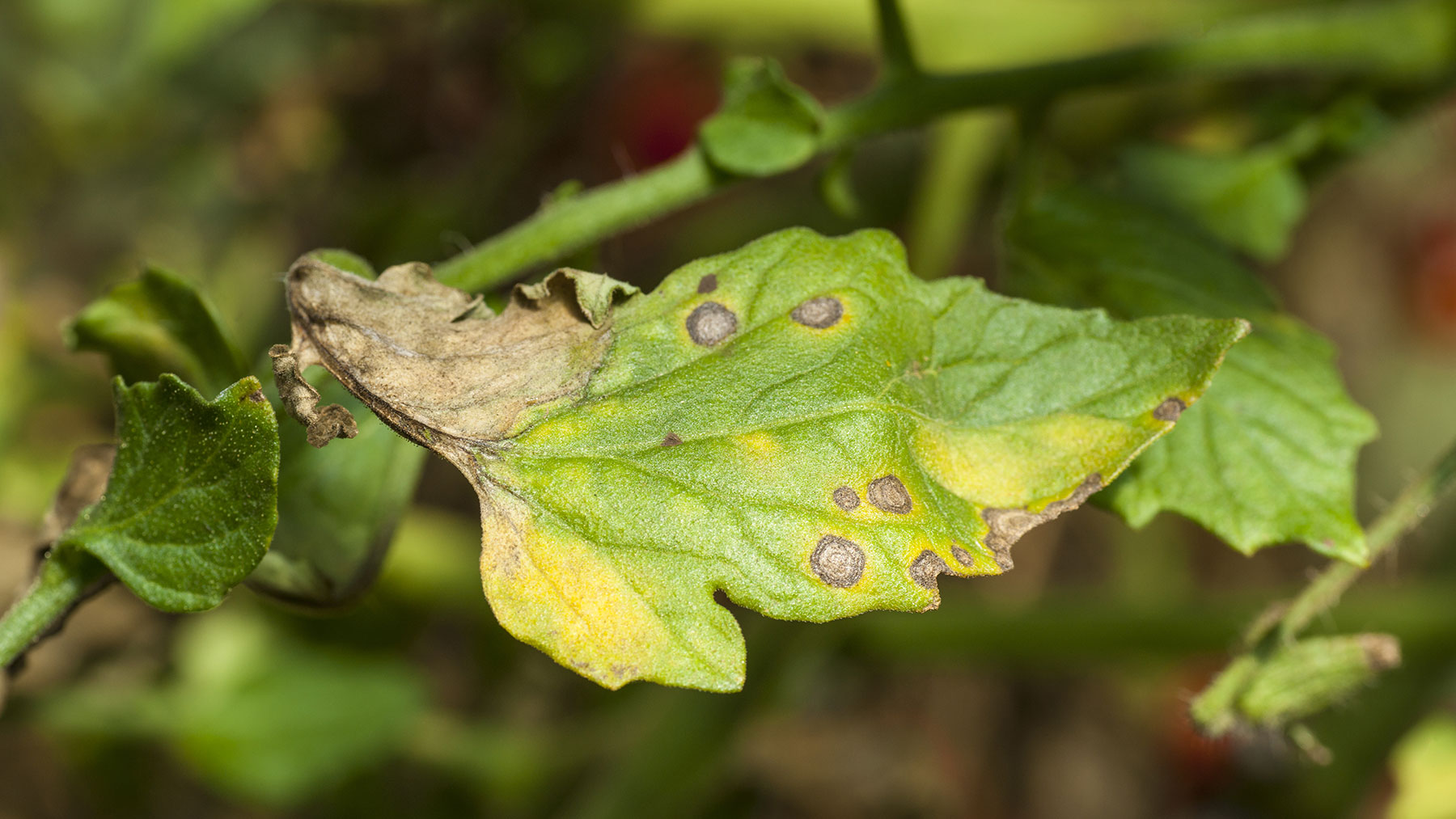Gardener shares this one easy hack that will stop tomato blight in its tracks
A natural approach to protecting your tomatoes

Tomatoes are one of the most popular homegrown crops. It’s exciting to watch them grow, and particularly satisfying to taste them perfectly ripe and freshly picked. However, tomatoes are prone to tomato blight, and if not protected, your whole crop can perish.
But, there is one method that an expert gardener reveals will keep your prized tomatoes free from tomato blight. What’s more, it’s completely natural — no nasties required.
Tomato blight can be a real bug-bear with tomato growers, whether you’re still a novice or an experienced grower. The disease attacks the fruits and foliage of the plant and causes them to rot. Once your tomato plants succumb, there is no way out. With tomato blight, the only cure is prevention.
Although there are some methods you can use to reduce the damage caused by tomato blight, the most reliable option, and the one that will increase your chances of a healthy crop, is to reduce the chances of tomato blight from occurring.
There’s one approach, approved by garden expert Carrie Spoonemore, co-creator of Park Seed’s from Seed to Spoon app, that will help to stop tomato blight in its tracks — and it’s a simple task that doesn’t take any expert knowledge. So, even if you’re growing tomatoes for the first time, it’s an easy method to follow.
Mulch your tomatoes

Your tomatoes certainly won’t say no to a good mulch. Apart from helping to retain moisture, cut back on weeds, and improve soil structure, it can prevent tomato blight by reducing the transfer of harmful spores that splash onto the plant when it rains or during watering.
And it’s why Spoonemore says “Use a mulch to prevent soil from splashing on leaves,” and adds, “it reduces spore transfer.”
When the tomatoes are watered, spores in the soil splash up onto the plants, where they can spread further. Mulching a wide area around your plants will mean these spores can’t splash up from the soil and harm your plants.
Get instant access to breaking news, the hottest reviews, great deals and helpful tips.
To ensure you reduce the chance of water and blight spore splashback, it’s best to place the mulch 2ft wide around the base of each plant. You can use a variety of mulches, including straw, wood chips, and grass chippings — any product that creates a barrier between the soil and the plant.
What is tomato blight?

Tomato blight is a fungal disease and is more common in warm, wet conditions and during June to August. Outdoor grown tomatoes are also more susceptible than tomatoes grown in a greenhouse, as they are exposed to rainfall on their leaves, whereas greenhouse tomatoes are watered at their roots. Greenhouse tomatoes also come into less contact with airborne spores from other nearby plants.
How to spot signs of tomato blight

Check the leaves, stem, and fruit for early signs of tomato blight, and look for black or brown spots, about a third of an inch in diameter. It will often appear on the oldest leaves first, so instead of inspecting the top of the plant first, check the lower leaves at the base of the plant.
More from Tom's Guide

Camilla is the Homes Staff Writer and covers everything to do with homes and gardens. She has a wealth of editorial experience, mounting over 30 years, and covers news and features, tests products for reviews and compiles buying guides.
Her work has appeared in business and consumer titles, including Ideal Home, Real Homes, House Beautiful, Homebuilding & Renovation, and Kitchen & Bathroom Business. She’s even appeared on the cover of Your Home, writing about her own house renovation.
Although she’s obsessed with decorating her home, she also enjoys baking and trying out the latest kitchen appliances. But when she’s not inside, you’ll find her pottering about in her yard, tending to her vegetable patch or taking in her prized hydrangeas.
You must confirm your public display name before commenting
Please logout and then login again, you will then be prompted to enter your display name.
